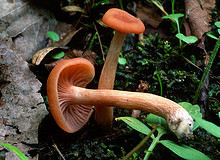Bioinformatics challenges for metagenomic analyses
There are more microbes in, on and around the planet than there are stars in the sky. However, the vast majority of these microorganisms have not yet been studied, in part because many of them do not thrive when moved out of their natural environment. A spoonful of soil contains a complex and diverse microbial… [Read More]
